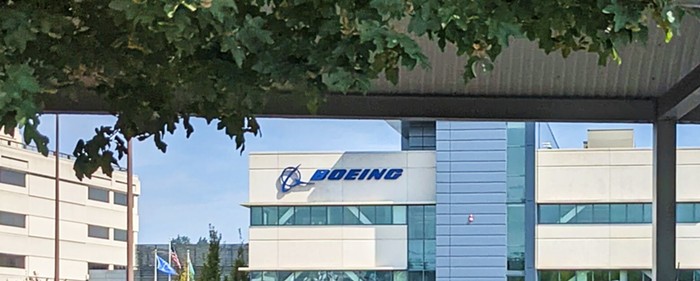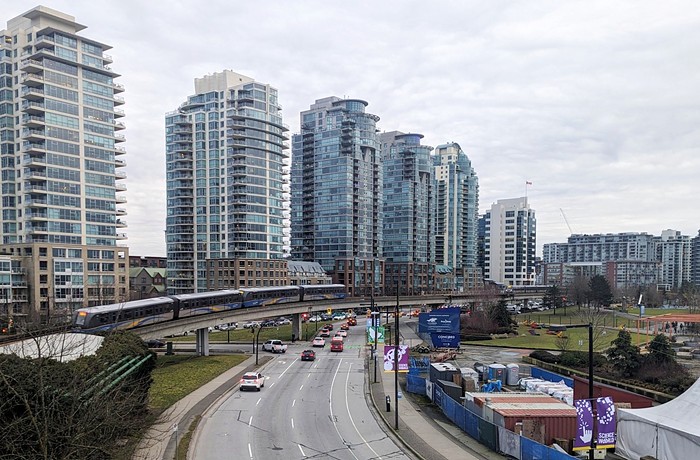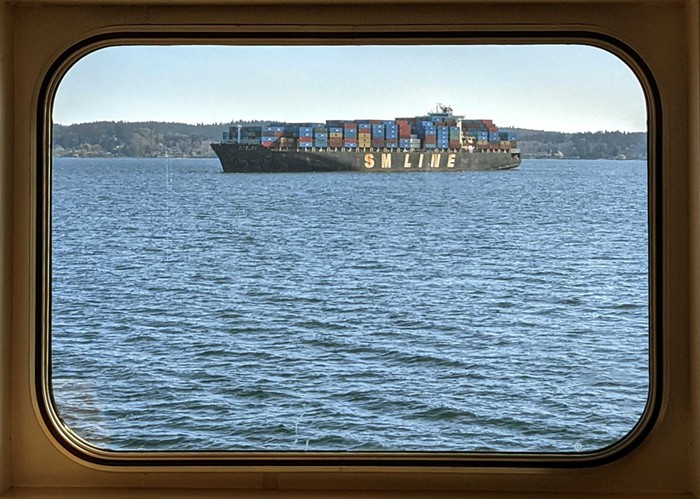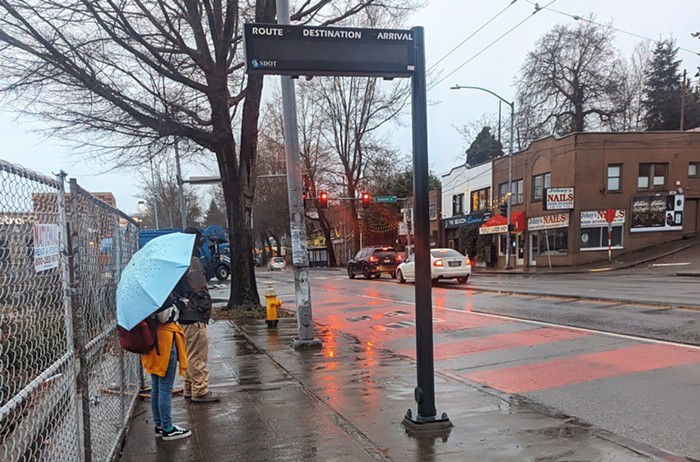
Is Bellevue about to become Seattle’s Williamsburg? That’s the question I asked in our feature last week. While I’m not sure Bellevue will ever look and feel like Brooklyn, it’s certainly about to drastically change thanks to Sound Transit’s new East Link train, which will connect Washington’s fifth largest city to Seattle with a 20-minute train ride.
East Link reminds me of the L Train that I would take when I lived in Brooklyn and commuted into Manhattan. Both trains cross over big bodies of water that separate major employment centers with areas that can house lots of people. And just like Manhattan has become extremely expensive while Brooklyn remains somewhat affordable, Seattle is also getting increasingly pricey to live in.
There are, of course, significant differences between the two areas, probably the biggest being the scale between the two cities. About 225,000 people take Brooklyn’s L Train into Manhattan every day whereas Sound Transit predicts 48,000 people will board the East Link train every day by 2030. That’s a sizable difference. Bellevue is also already fairly expensive, even compared to Seattle’s housing prices. But Bellevue is rapidly building denser housing in its downtown and in neighborhoods like Bel-Red, where the city is building an entirely new transit-oriented street grid around East Link’s light rail stops.
Change has always been constant in Bellevue—less than 2,000 people lived in the city in 1940—but East Link might be the biggest change this community has ever seen when it opens in 2023. Here are some photos of what Sound Transit is up to.










You may have noticed that some of these photos appear to have strange focal points, what's up with that? I was using a special type of lense called a tilt-shift, which allows you to recreate popular Instagram filters by physically manipulating the lens. It literally allows you to tilt and shift the glass inside the camera's lens. That's what is responsible for the strangely narrow focus field in some of these photos, as CMDwannabe pointed out in the comments section on my previous story:
Mr. Black- please consider using a different camera. The focal point is somewhere in the center, leaving the near and far a bit fuzzy.
This is not necessarily a comment about the article itself.
CMDwannabe



















